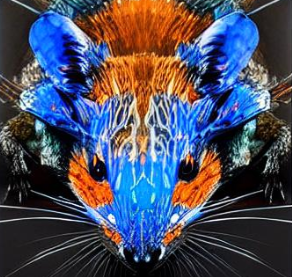Those of you with lesser-known types of jobs...what do you do?


Also, how did you get into it, and what sort of education or certifications (if any) did you need?
And if you were to get into the same niche today, would you? (And in some cases--COULD you, or has the door closed?)
You are viewing a single comment
Antenna engineer. It's a subset of electrical engineering. It's often referred to as black magic by other electrical engineers but I don't agree with that. That would be an engineer specializing in PIM testing. Anyway, it was a great career and I was able to command a higher salary at first, because if you need an antenna engineer, you need an antenna engineer. Unfortunately very few companies need an antenna engineer so, no, I wouldn't choose it again. Changing companies is too limited. Plus, due to lack of antenna engineers and the high cost of the resources needed to do the job, more companies are moving away from it, preferring to buy off-the-shelf antennas. This means there are fewer and fewer companies doing the real design work.
I got into it, because it was the first professional job I got. Sticking with it was easier than starting over.
I promise this isn't a "OMG, AI!" question. But it involves kinda that thing.
A long time ago--probably over 15 years--I once read an article about some sort of..."evolved"?...method of generating novel antenna designs. Basically, the article said that the researchers said they had an algorithm or computer "evolve" some potential designs, and it spat out this really weird unintuitive design that was nothing like the human made designs. But it ended up working fantastically well or something when they actually prototyped it and tried it?
Any knowledge/thoughts on that sort of thing?
Not the person you were responding to, but I'm knowledgeable on the topic. What you're describing is simulated evolution, and it can (and has!) been used to make anything from antennas to spray nozzles to mixer blades. Basically, you start with one or multiple base designs, then slowly alter parameters about the design (for antennas, this could be length, number of loops, loop direction, etc., or it could be more granular, like starting from a stump and extending or branching in random directions).
You generally have a group of candidate designs, called a "generation", then randomly select from these designs, weighted towards the ones which perform better, and "kill" the underperforming ones. Then you make random mutations on the remaining members of the old generation to create a new generation. Continue until you have generations that are performing better than your current manual designs, if the evolution manages to reach that point.
There are additional things you can do to solve certain issues the evolutionary process might run into, like taking the parameters for your new generation from two parents instead of one (essentially, this goes from single-celled mitosis to sexual reproduction, and can allow two different evolutionary lines to share their progress).
Also not the person you're asking, but I was reading about this yesterday so: https://en.m.wikipedia.org/wiki/Evolved_antenna